U12.2P1 Making an agar plate my version
advertisement
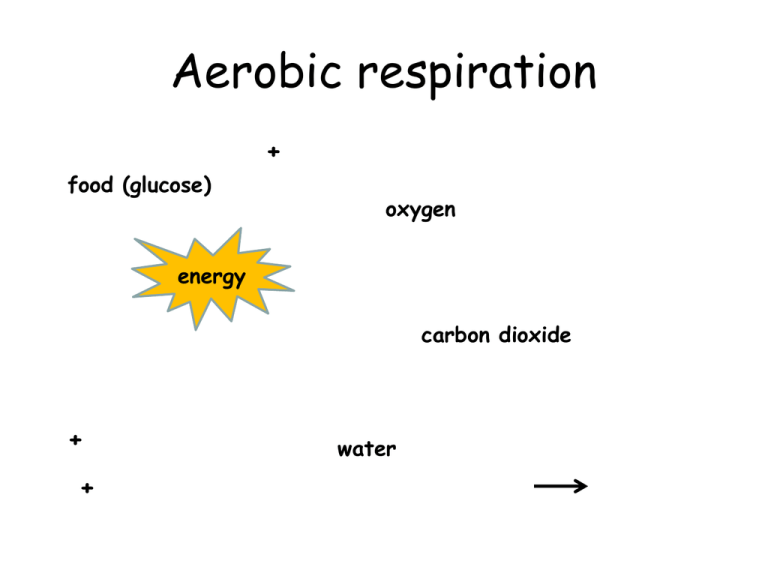
Aerobic respiration + food (glucose) oxygen energy carbon dioxide + + water Growing Microbes In today’s lesson we will be growing microbes and evaluating our practical skills Learning Outcomes: By the end of the lesson you should: •learn how to inoculate an agar plate to grow microorganisms. •evaluate the competency of their practical skills in terms of controlling risks to themselves and others •be able to explain the significance of steps in the process •know micro-organisms can cause infections and can be passed from one person to another. Reminder:Microbe uses Microbe can be put into a number of categories. The three types which you need to know about are listed below: BACTERIA VIRUS FUNGI Note: A living organism must be able to demonstrate that it can perform ALL the 7 life processes. Movement Respiration Sensitivity Growth Reproduction Excretion Nutrition © Boardworks Ltd 2003 Microbes Microbes multiply very rapidly. Two can, very quickly, become four then eight and so on. © Boardworks Ltd 2003 Microbe uses Microbes have many uses. This is mainly because we can ‘grow’ microbes if we wish to. Microbes (in this case bacteria) will grow in milk to make it ‘go off’. This is used in the yoghurt making process. Cheese is also another product made due to the use of microbes in industry. Another type of microbe (fungi) are used to make Quorn (mycoprotein) which is a commonly used meat substitute. © Boardworks Ltd 2003 Microbe uses Yeast is a microbe which RESPIRES to give off carbon dioxide. This is used in baking bread and in winemaking. We can use the AEROBIC respiration of yeast to make bread rise. Yeast uses the sugar in bread dough to respire. The reaction is: Glucose + oxygen carbon + water + energy dioxide The carbon dioxide given off causes the bread to rise. © Boardworks Ltd 2003 Microbe uses We can use the ANAEROBIC respiration of yeast to make beer and wine. This means that the yeast respires WITHOUT oxygen. This process produces alcohol (ethanol) and is known as FERMENTATION. Yeast converts the sugar into alcohol: Glucose carbon + ethanol + energy dioxide © Boardworks Ltd 2003 Introduction to practical In this practical you will grow the micro-organism Bacillus subtilus (bacteria found on teeth) on agar jelly. At certain steps in the practical (designated by an *) you will either explain the reasons for the steps and/or evaluate your practical skills. Getting prepared (working individually) 1. No eating or drinking. * 2. Cover any cuts or broken skin with a waterproof plaster. * 3. Clear and clean your work surface with a disinfectant.* Questions Q1. Explain the reasons for steps 1 to 3 4. Collect the following equipment: Bunsen burner, safety goggles, agar plate, OHT pen and wire loop. . Labelling the agar plate 5. Using the OHT pen write your initials, date and B.subtilus at the outer edge on the bottom dish of the agar plate. 6. Light the Bunsen burner and ensure there is a safety flame. * 7. Wash your hands with warm soapy water. * Questions Q2. Explain the reasons for steps 6 and 7. Your teacher will demonstrate the next 3 steps first. You will then carry them out followed by answering the questions. Sterilising a wire loop The wire loop should be sterilised before and after use. To do this: 8. The wire loop is held almost vertically in the hot part of a Bunsen flame until it glows red. Then remove the loop from the flame and allow it to cool for about 10 seconds before use. Do not allow it to touch any surface whilst it is cooling. * Questions Q3. Explain the reason for step 8. Flaming a bottle neck When using any glass bottle or test tube, the neck should be flamed when opening or closing. To do this: 9. Loosen the top (lid, cap or cotton wool). 10. Do not put the top down on the bench, but hold it using the small finger of your other hand. 11. Pass the open neck through the Bunsen flame for 2-3 seconds before taking a sample from the bottle. 12. Flame the neck again before replacing the top. * Questions Q4. Explain the reasons for steps 9 to 12. Inoculating agar plates – streaking a plate The wire loop can be used to introduce B.subtilus onto the surface of the plate. 13. After flaming the loop and the bottle neck containing B.subtilus, dip the loop into the sample. Lift the lid of the agar plate and lightly spread the sample across the surface of the agar in streaks as shown below. Inoculating agar plates – streaking a plate (continued) 14. Close the agar plate and secure with sticky tape, go over the top and bottom of the plate. Do not go round the edge as air must be able to get in.* 15. The plates will be placed in a warm oven, base up, until next lesson.* Clearing up 16. After completing the practical work and putting all the equipment away, make sure you wipe your work area with disinfectant, and wash your hands with warm water and soap.* Questions Q5. Explain the reasons for steps 14 and 15. Q6. Explain the reason for step 16. Making Bread Dough = flour + water + yeast + sugar + salt proving baking dough kept in warm place at 200oC Questions for your group 1. What is the gas which makes the dough rise? 2. What process produces this gas? 3. Why is the dough kept somewhere warm to rise? 4. How might the amount of sugar affect how high the dough rises? 5. Yeast is alive. What happens to it when the bread is baked at 200oC?
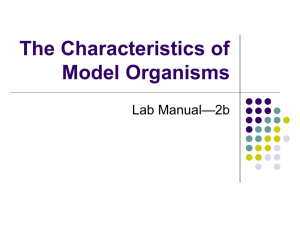

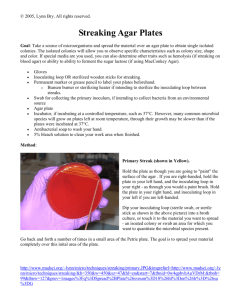
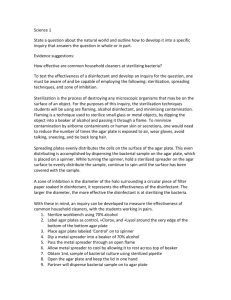

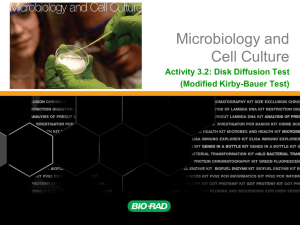

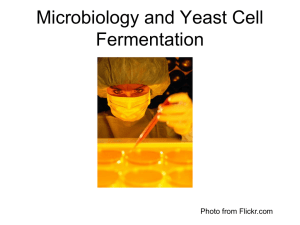

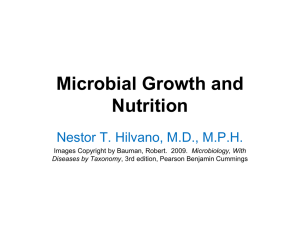
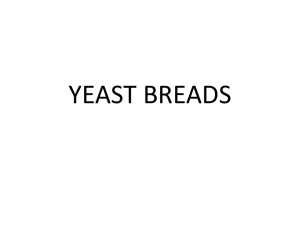
![Isolation Techniques Streak Plates[1]](http://s3.studylib.net/store/data/007378611_1-f1605a84755bd3d2ef3fb0dd98d24d9d-300x300.png)